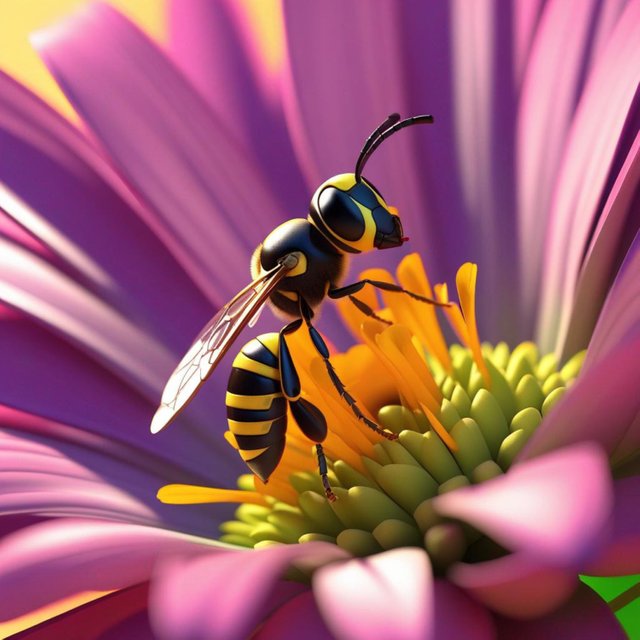Honey bees appear to have their center of origin in South and Southeast Asia (including the Philippines), as all the extant species except Apis mellifera are native to that region. Notably, living representatives of the earliest lineages to diverge (Apis florea and Apis andreniformis) have their center of origin there.
The first Apis bees appear in the fossil record at the Eocene–Oligocene boundary (34 mya), in European deposits. The origin of these prehistoric honey bees does not necessarily indicate Europe as the place of origin of the genus, only that the bees were present in Europe by that time. Few fossil deposits are known from South Asia, the suspected region of honey bee origin, and fewer still have been thoroughly studied.
No Apis species existed in the New World during human times before the introduction of A. mellifera by Europeans. Only one fossil species is documented from the New World, Apis nearctica, known from a single 14 million-year-old specimen from Nevada.
The close relatives of modern honey bees – e.g., bumblebees and stingless bees – are also social to some degree, and social behavior is considered to be a trait that predates the origin of the genus. Among the extant members of Apis, the more basal species make single, exposed combs, while the more recently evolved species nest in cavities and have multiple combs, which has greatly facilitated their domestication.
Species
While about 20,000 species of bees exist, only eight species of honey bee are recognized, with a total of 43 subspecies, although historically seven to 11 species are recognized: Apis andreniformis (the black dwarf honey bee); Apis cerana (the eastern honey bee); Apis dorsata (the giant honey bee); Apis florea (the red dwarf honey bee); Apis koschevnikovi (Koschevnikov's honey bee); Apis laboriosa (the Himalayan giant honey bee); Apis mellifera (the western honey bee); and Apis nigrocincta (the Philippine honey bee).
Honey bees are the only extant members of the tribe Apini. Today's honey bees constitute three clades: Micrapis (the dwarf honey bees), Megapis (the giant honey bee), and Apis (the western honey bee and its close relatives).
Most species have historically been cultured or at least exploited for honey and beeswax by humans indigenous to their native ranges. Only two species have been truly domesticated: Apis mellifera and Apis cerana. A. mellifera has been cultivated at least since the time of the building of the Egyptian pyramids, and only that species has been moved extensively beyond its native range.
